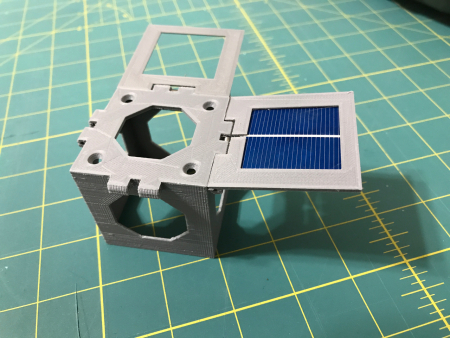Scotland’s first commercial rocket test flight
Capitalism in space: A private smallsat rocket company, Skyrora, has successfully completed a suborbital test flight, the first commercial rocket test flight in Scotland.
Skyrora saw its 2.5 metre (9ft) projectile reach altitudes of almost four miles after taking off at the Kildermorie Estate in Ross-shire. Known as Skylark Nano, it accelerated to Mach 1.45 – more than 110mph.
One could also describe Skylark Nano as nothing more than a big model rocket. Nonetheless, the company is using this test flight to improve its chances to win the competition for some of the money the UK government will award to private companies in connection with the establishment of its new spaceport in Sutherland, Scotland.
Capitalism in space: A private smallsat rocket company, Skyrora, has successfully completed a suborbital test flight, the first commercial rocket test flight in Scotland.
Skyrora saw its 2.5 metre (9ft) projectile reach altitudes of almost four miles after taking off at the Kildermorie Estate in Ross-shire. Known as Skylark Nano, it accelerated to Mach 1.45 – more than 110mph.
One could also describe Skylark Nano as nothing more than a big model rocket. Nonetheless, the company is using this test flight to improve its chances to win the competition for some of the money the UK government will award to private companies in connection with the establishment of its new spaceport in Sutherland, Scotland.

